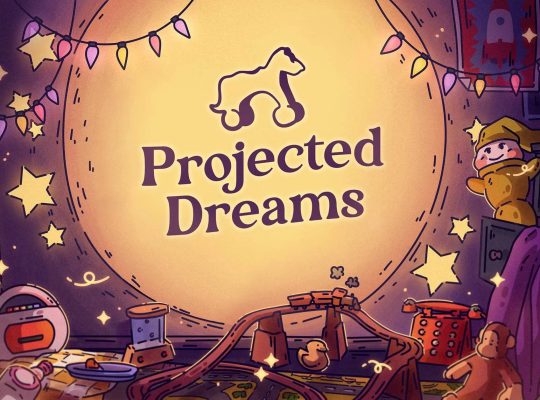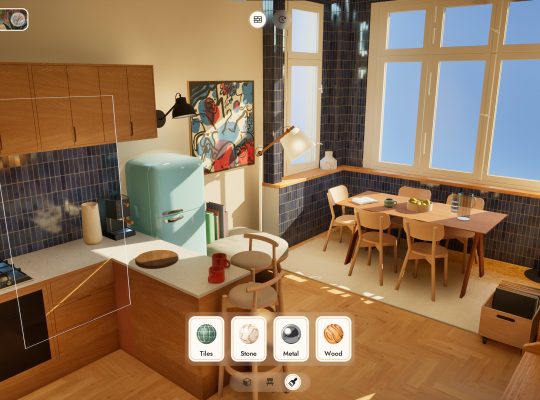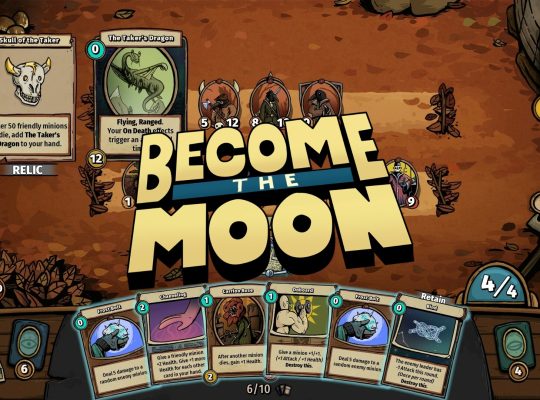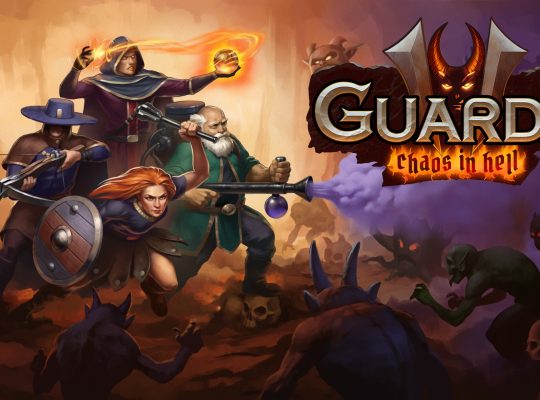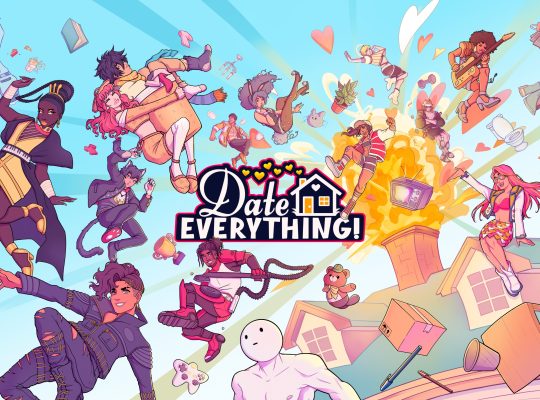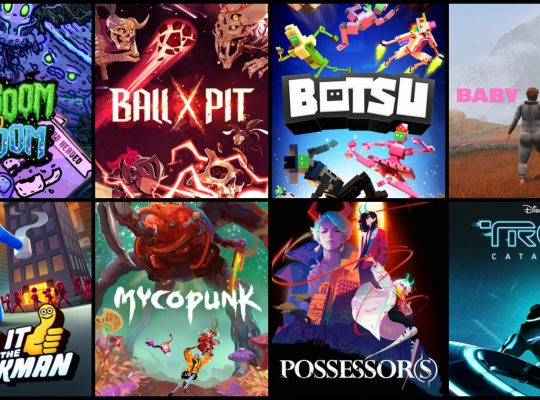- DEVELOPER: Hyperstrange
- PUBLISHER: Kwalee
- PLATFORMS: PC
- GENRE: Survivor-like / Rougelite
- RELEASE DATE: May 6, 2025
- STARTING PRICE: 14,79€
- REVIEWED VERSION: PC
It’s been a while since I enjoyed a roguelite game that’s more than just wandering and watching the game play itself. Hordes of Hunger has some of that, but it’s much more engaging. This title drops you into a dark fantasy world where survival depends on defeating relentless waves of monstrous enemies and while it has some great moments, being in Early Access means some aspects could definitely use polish and improvement.

Fidget spinner type of gameplay
You play as Mirah, a warrior and the last hope against this evil, tasked with defending her homeland and saving others from different enemy types that can attack you from close or from afar with repetitive guardians that kill the fun. Unlike Vampire Survivors, which leans on passive gameplay, this game puts you in direct control of combat. You manually attack enemies, though an experimental mode lets you focus on movement while your character auto-attacks.
In Hordes of Hunger, you fight with light attacks, heavy “Beyblade spin” attacks, dodges, parries, and special abilities. You can choose from various weapons like swords and hammers to create fun builds, such as a vampire build that heals while dashing and killing enemies, an elemental build with thunder, fire, or holy magic, or a speed-focused build boosting attack and movement.
There’s plenty to explore, but the gameplay can feel repetitive since there’s not much content currently available, with some play styles, like the overpowered vampire build, being far stronger than others. While you have multiple ways to fight, dashing and dodging are quick and effective that also come with great upgrades. Parrying, however, is trickier. You time a yellow circle to hit enemies, although fairly easy to land, but if you miss, it leaves you stuck for two seconds in one place, making you vulnerable to enemy attacks, meaning dodging is a much safer and stronger choice.
As you level up, you choose one of three randomized abilities – physical (like extra strikes), elemental (like lightning auras), or magical (like divine contracts) – to boost your combat skills. The environments also provide tactical options, such as chokepoints, high ground, and breakable structures, but these have little impact since monsters tend to swarm openly.
“In Hordes of Hunger, you fight with light attacks, heavy ‘Beyblade spin’ attacks, dodges, parries, and special abilities.”

Early Access = Missing content
In each run, you complete objectives like killing enemies, escorting donkeys, or destroying nests to advance toward a boss fight, with only two boss types available so far. After objectives, a short break lets you collect EXP or healing items and find chests that give unique rewards, offering a moment to strategize. However, the objectives can feel very repetitive, and the limited boss variety reduces the hopes of getting a proper challenge. Runs end with either victory or death, sending you back to the Sanctum, a hub where you use feathers (a permanent currency) to buy stat boosts or new weapons.
The gameplay in Hordes of Hunger is highly satisfying, packed with dynamic action that keeps you on edge, constantly spamming attacks and abilities to survive. This kind of intense, engaging combat hooks you instantly. However, the more you play, the less likely you are to return because the game currently offers only two maps. Each map section and its story take about 30-40 minutes to complete, including objectives and the boss fight. While finishing everything takes around 4-5 hours, with some failures if your build isn’t the best, the game feels short on content.
In the Sanctum, you interact with NPCs like Father (offering perks), Mother (providing food and buffs), and the Workshop (for weapon crafting), while advancing the story through quests and rescues. The story feels mysterious, with characters like the prisoners hinting at deeper lore. However, in the Early Access build, the lack of cutscenes or a clear narrative arc leaves dialogues feeling disjointed and contextless. Repeated conversations between Mirah and the father also become slightly annoying. Additionally, the codex helps by providing text explanations of the game’s elements, letting you explore its world.
My biggest issue with Hordes of Hunger is the awkward camera, with Mirah positioned too high and off-center, making panning feel clunky. The game needs significant polish: loading times are noticeable, character movements feel stiff, and menus, especially the weapon crafting interface, lack clarity. Voice-subtitle desync and grainy resolution also hurt the experience. While the voice acting is decent, the repetitive dialogue, as mentioned earlier, really drags down the overall experience. The game also experiences slight stuttering at the highest resolution and graphics settings, which feel poorly optimized.
“The gameplay in Hordes of Hunger is highly satisfying, packed with dynamic action.”

Definitely worth a try
Having played the demo before, I knew what to expect, but Hordes of Hunger still needs more content to enhance the gameplay experience. Its responsive swordplay, Dark Souls-inspired visuals, and varied objectives form an addictive loop that fans of Vampire Survivors will enjoy, making it a promising roguelite title. Plus, its budget-friendly price makes it an appealing choice for genre enthusiasts.
| Pros | Cons |
|---|---|
| An interesting mix of genres. | Lack of content. |
| Fun combat. | The story is very easily forgotten. |
| A dark and atmospheric world. | Objectives and bosses are repetitive. |
| Promising rougelite progression. | Camera problems. |
Review copy provided by the publisher
3.8




